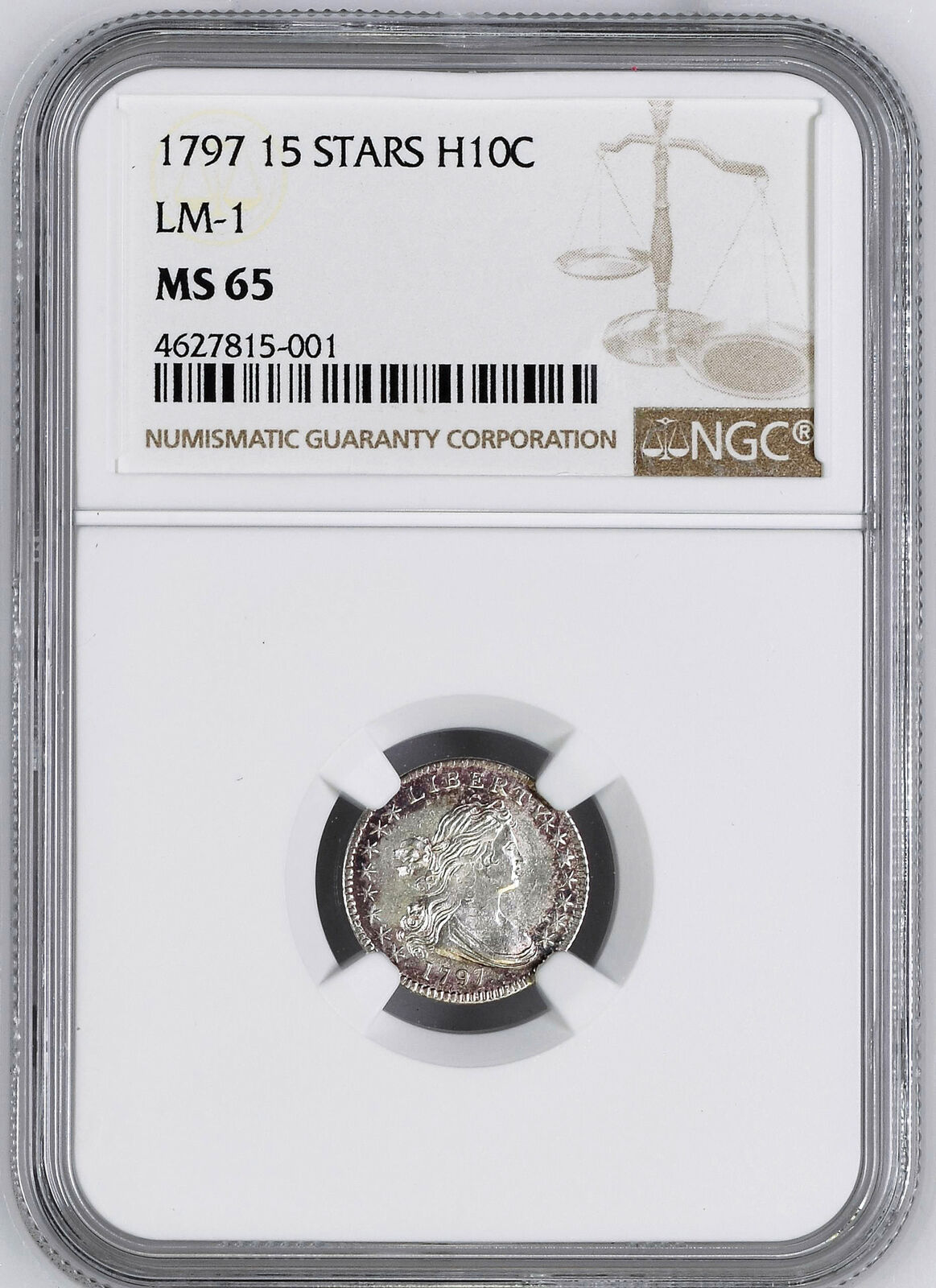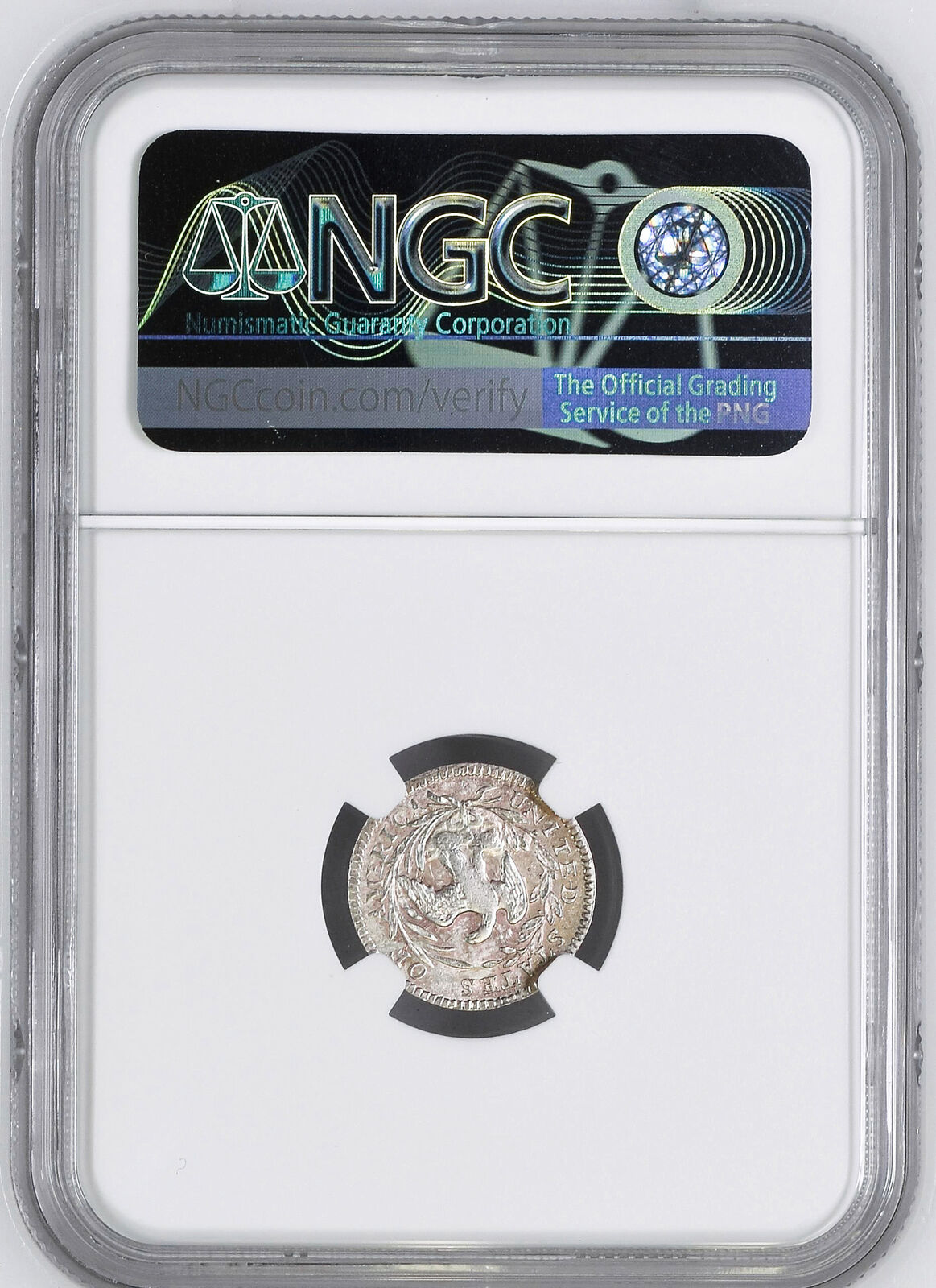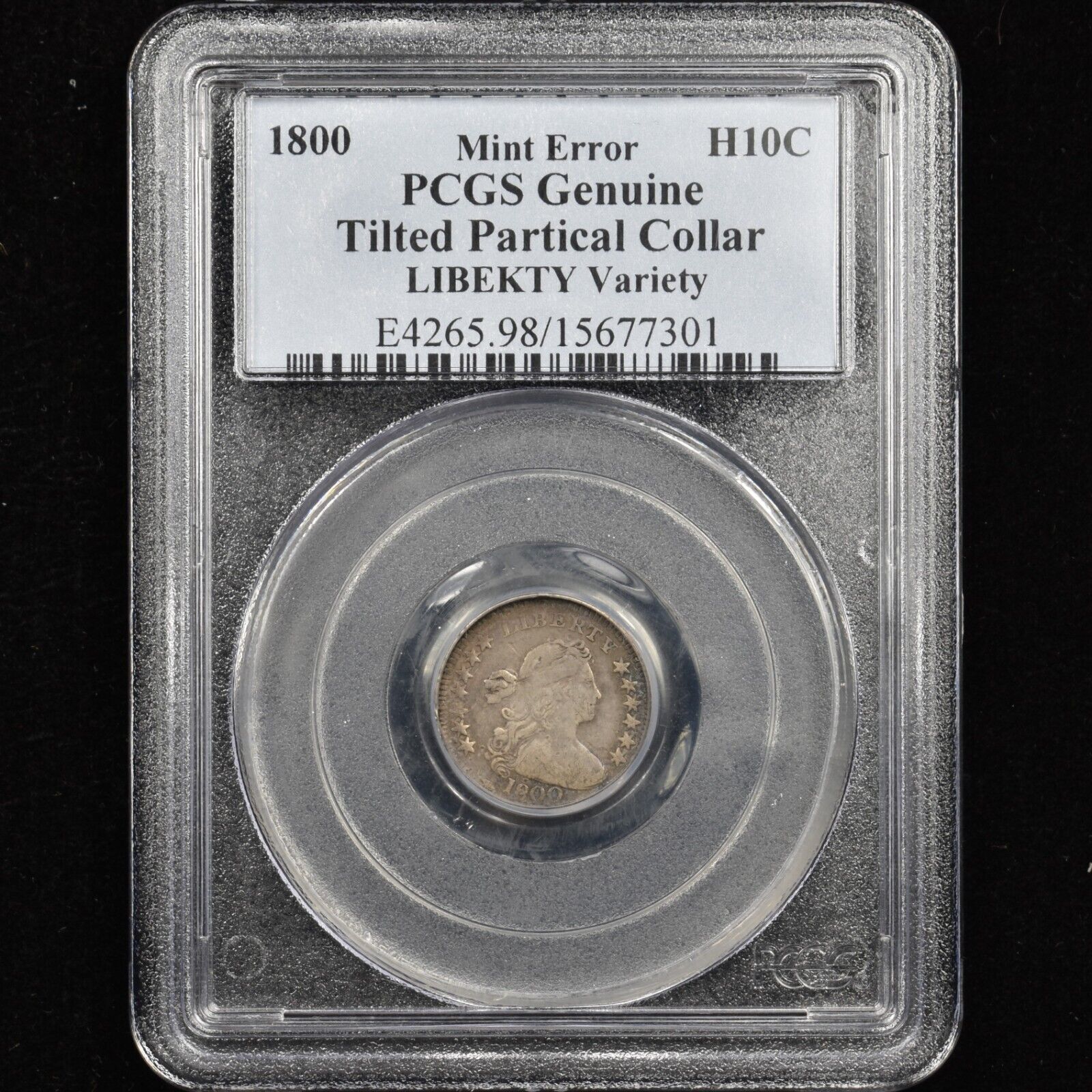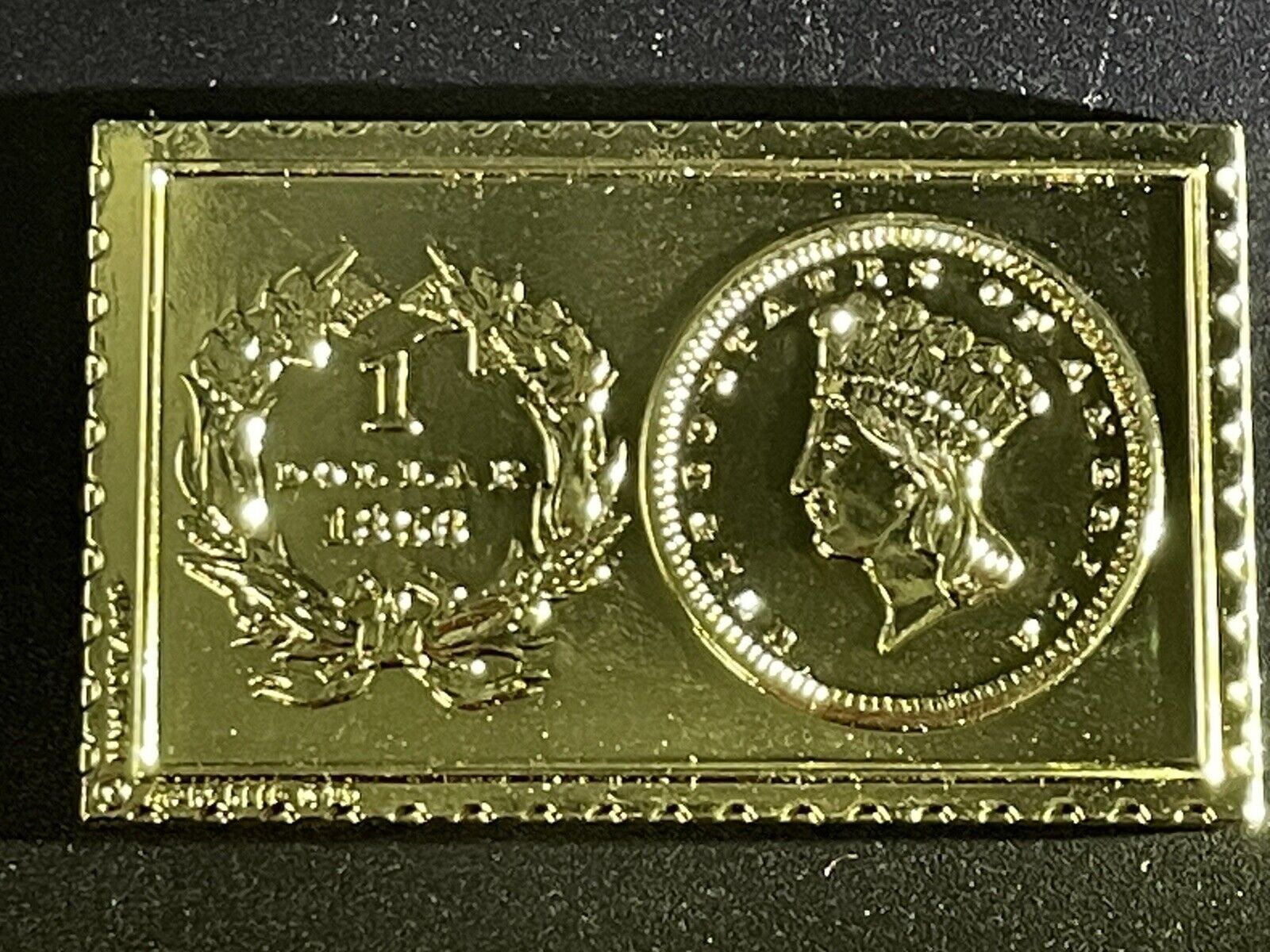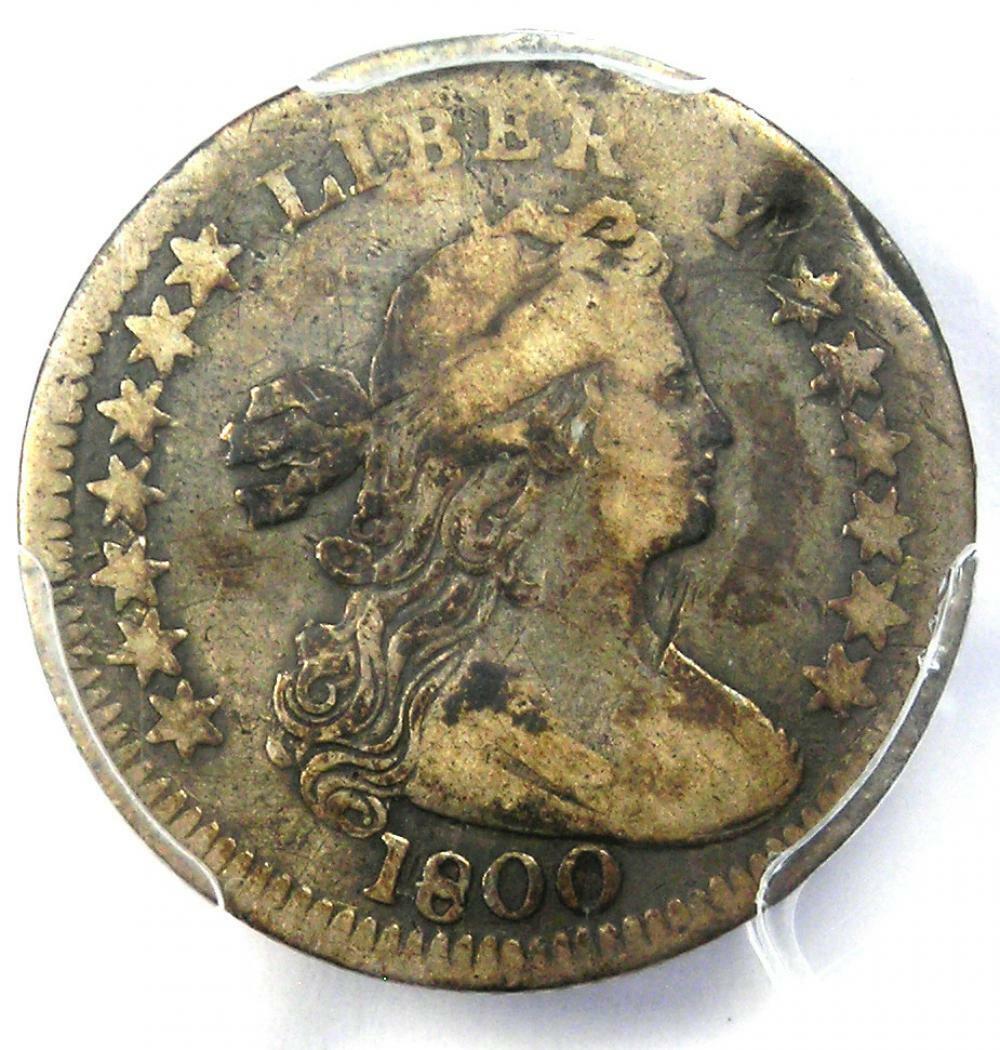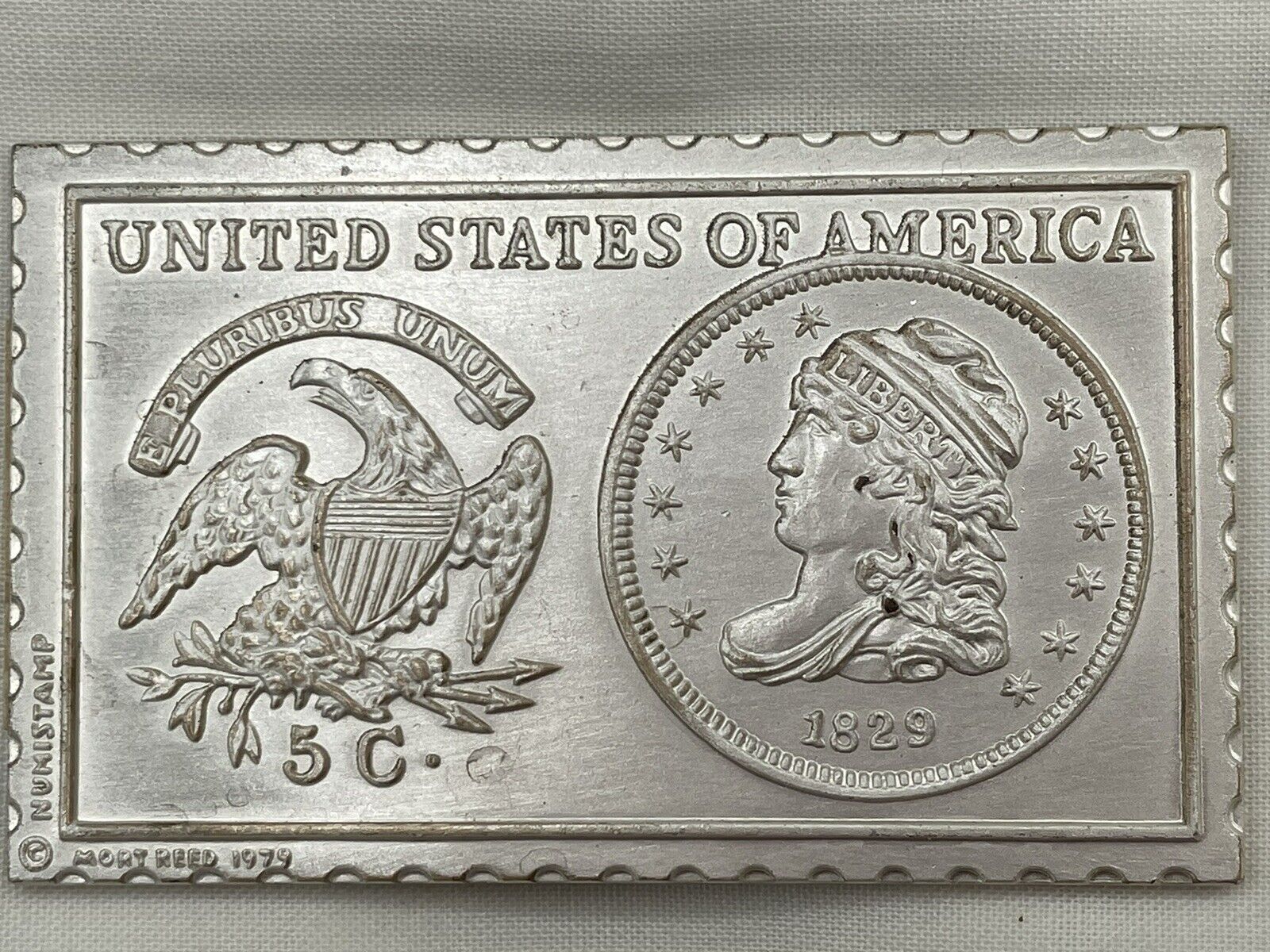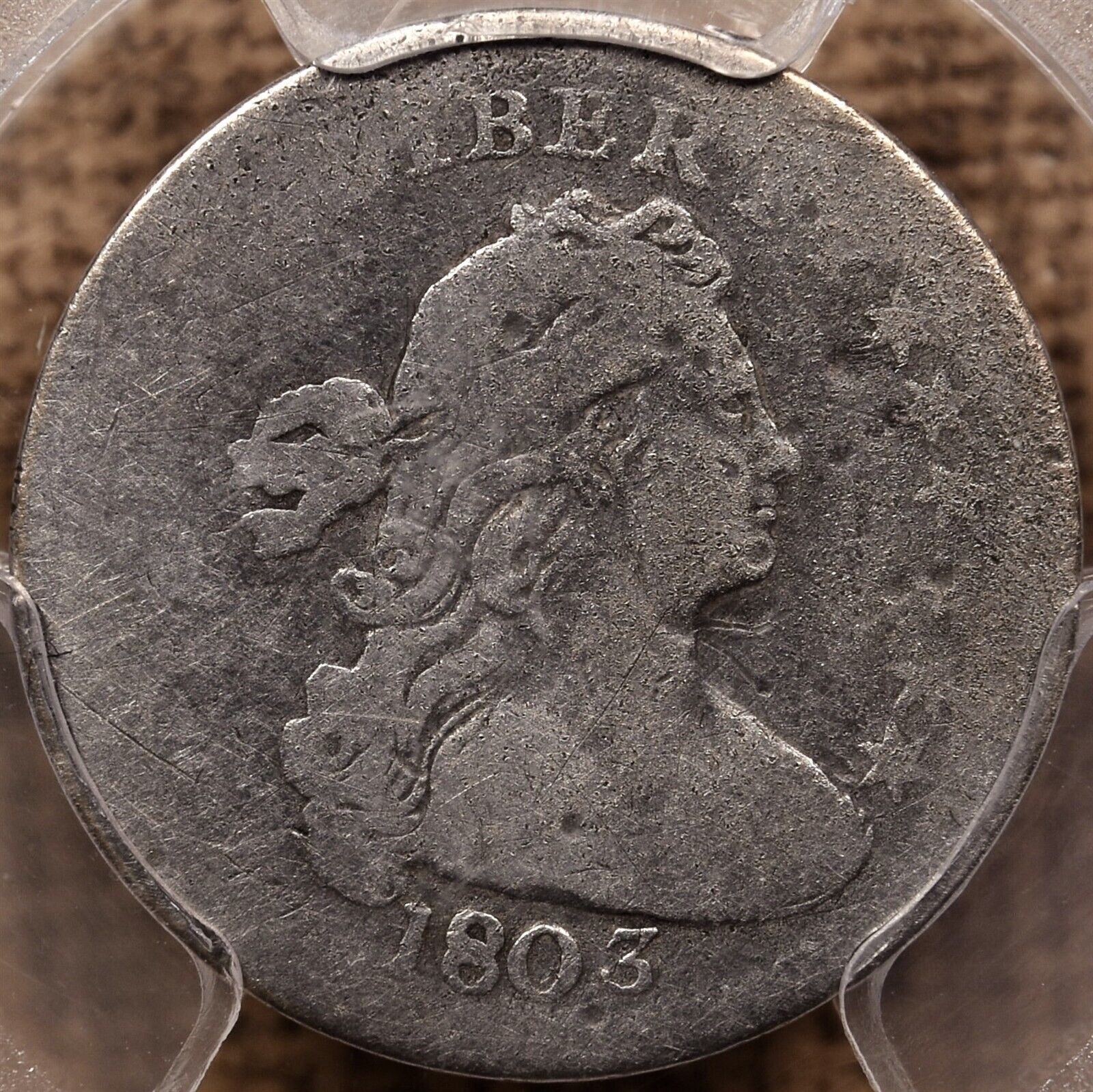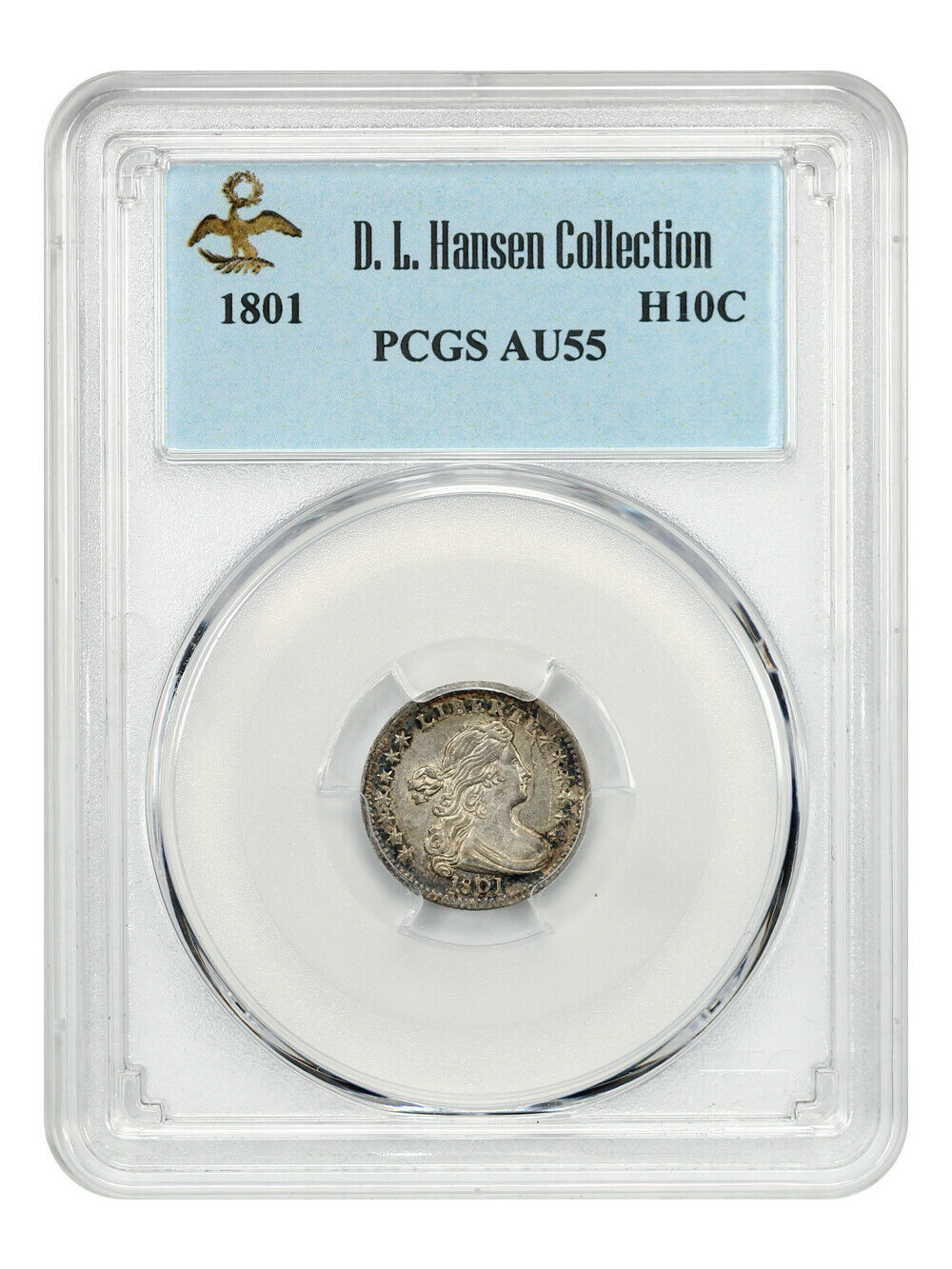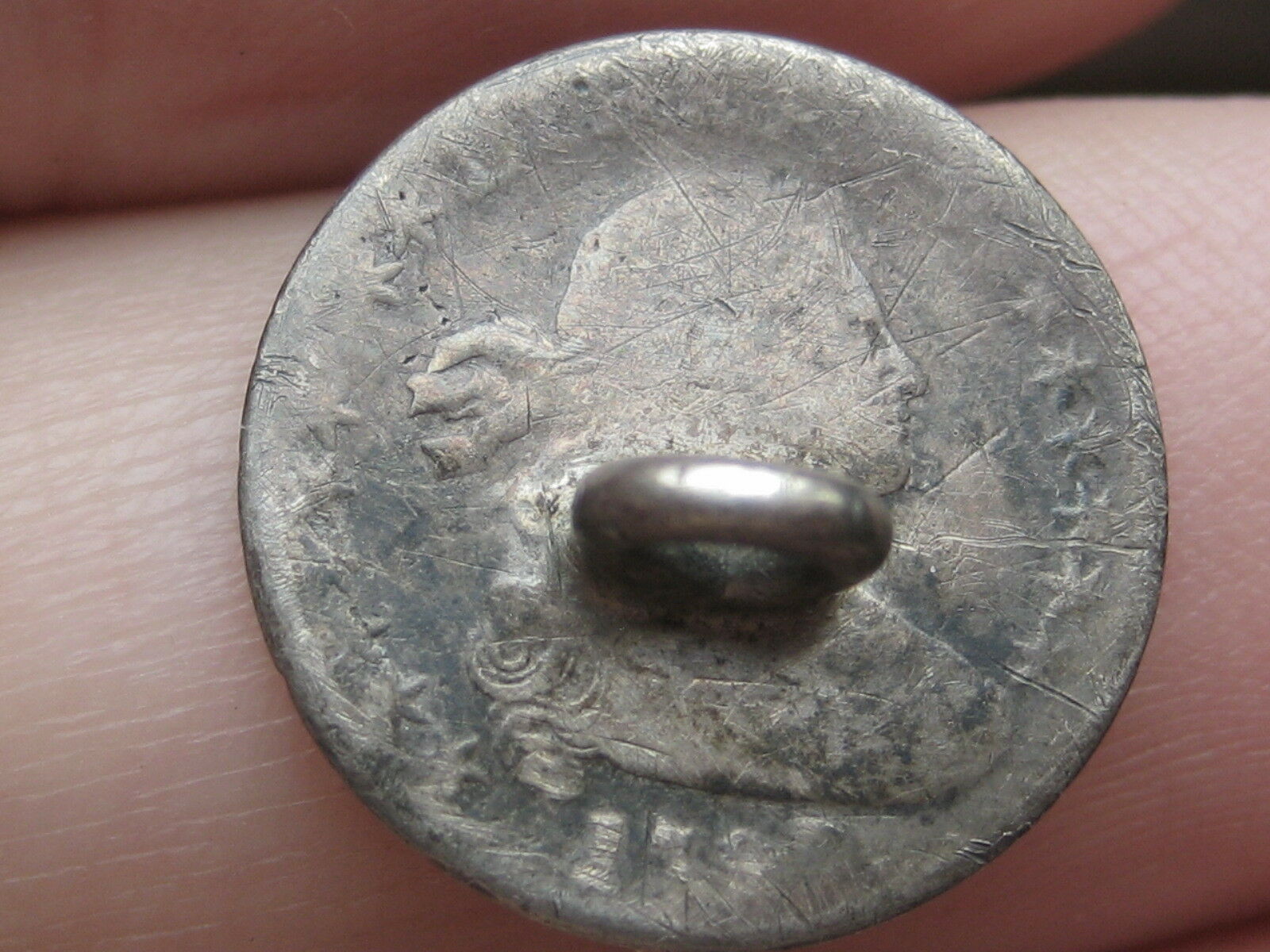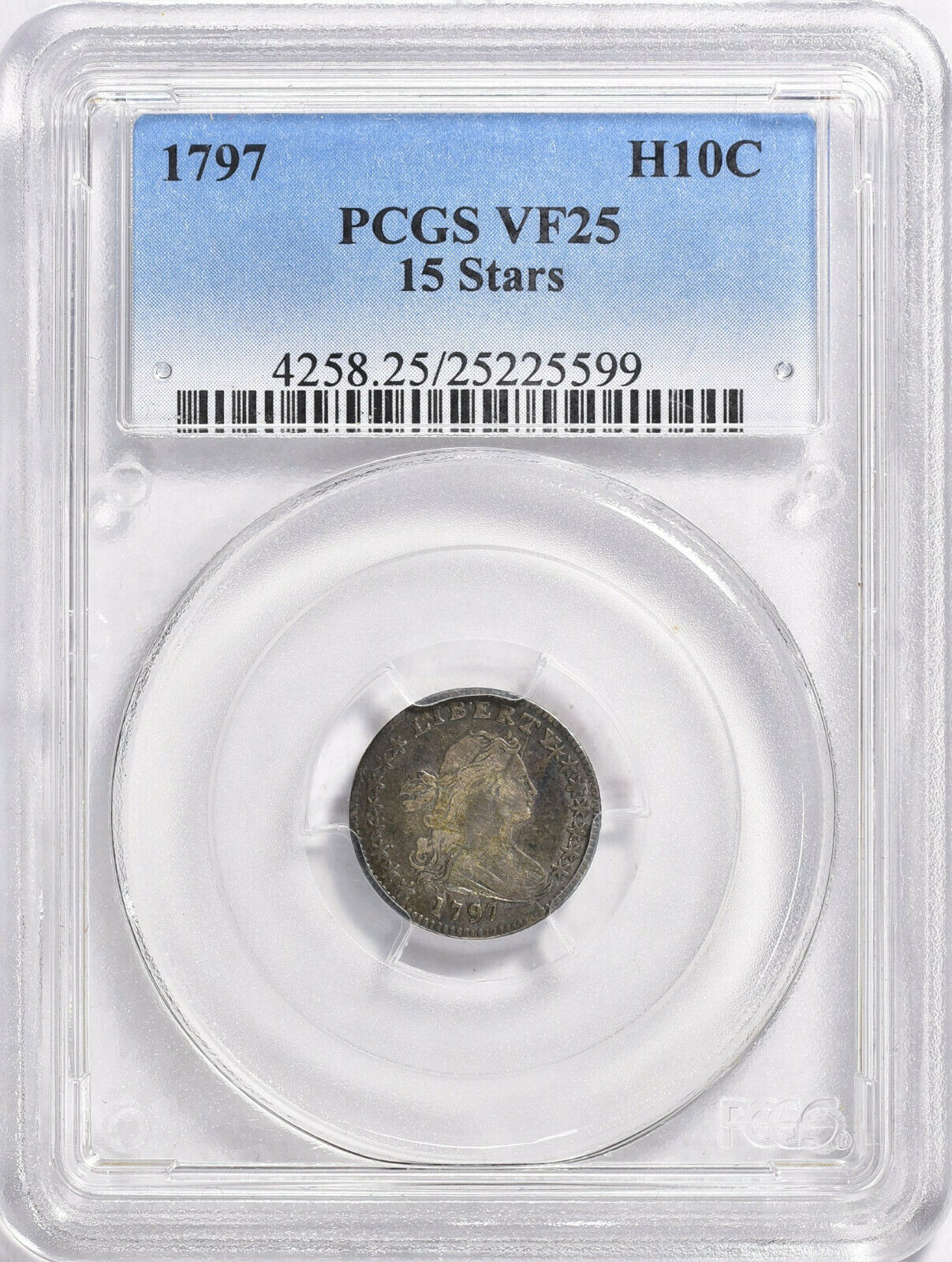-40%
1797 DRAPED BUST H10C NGC MS 65
$ 42451.2
- Description
- Size Guide
Description
eBay StoreAbout Us
Add as Favorite
Feedback
Payment
Shipping
Contact
1797 DRAPED BUST H10C NGC MS 65
Grading Service: NGC
Cert Number: 4627815001
SKU: 139685
Coin History
Born of the idea that man’s destiny was largely the result of his own effort and imagination, the United States of 1792 had grown to fourteen states with the addition, in 1791, of Vermont. The army, of about 5,000 men, was fighting Indians in the Northwest Territory. The nation had no navy and paid an annual tribute to the Barbary Pirates. The migration West had begun.
Due to the longstanding trade relationships with the Spanish possessions of Florida and Louisiana, Spanish silver pieces were the most common silver coins in circulation, followed by the English shillings and pence of the mother country. Because of the incompatibility of the Spanish and English monetary systems, the conduct of business, trade and everyday life was burdened with the need for intricate conversion tables. Accounts were, of necessity, kept both in English pounds and Spanish reales. Confusion was immense, and action was called for.
The need for a rational system for United States coinage received the early attention of Congress. Benjamin Franklin, Thomas Jefferson and Alexander Hamilton all strongly favored adoption of the decimal system. They argued that the decimal system represented a clean break with the past and was the most scientific way to reconcile the differences of the Spanish and English monetary systems.
The decimal system was invented by Simon Stevin van Brugghe (1548-1620) and first published in a pamphlet, Be Thiende, in 1585. The French translation was entitled La Disme. Robert Norton’s 1608 translation: Disme: The art of tenths, or, Decimal arithmetic introduced the idea to England. It was from these European roots that the concept of tenths, or “La Disme”—anglicized later to “dime”—immigrated to America.
A Congressional resolution on July 6, 1785 adopted the dollar as the monetary unit of the United States. Subsequent resolutions spanning 1786 and 1787 specified weight, fineness and the decimal system for the relationship of each of the coins authorized. Adoption of the Constitution on September 17, 1787 reserved the right to coin money and regulate the value thereof to the Congress. This set the stage for passage of the Mint Act of April 2, 1792. This Act specified “. . .that the money of account of the United States shall be expressed in dollars or units, dismes or tenths, cents or hundredths and that all accounts in the public offices and all proceedings in the courts of the United States shall be kept and had in conformity to this regulation.”
Events moved swiftly from that point. On April 14, 1792 Washington appointed David Rittenhouse of Philadelphia, the most renowned scientist in America, Director of the Mint. Henry Voight, a well known clock maker, was appointed Acting Chief Coiner on June 1. Mechanics began construction of the necessary coining apparatus and “engines.”
On July 9, 1792 President Washington authorized proceeding with the coining of half dismes. No time was wasted, as just four days later, on July 13, 1792, Thomas Jefferson, then Secretary of State, recorded in his household account book: “rec’d from the mint 1500 half dimes of the new coinage.”
New research suggests that the single pair of dies used for these coins was designed and engraved by a British medalist, William Russell Birch, rather than the Robert Birch who was associated with the Mint in those early years and previously credited with the coin’s design. Birch purportedly used letter punches supplied by Jacob Bay, a Germantown, Pennsylvania maker of printing types. As the mint building was then under construction, the coining machinery was in the cellar of John Harper, a saw maker, at the corner of Cherry and 5th Streets, at which place these pieces were struck.
The obverse of the half disme portrays the head of Liberty facing left, with the date 1792 below. The motto LIB. PAR. OF SCIENCE & INDUSTRY encircles the border. The reverse depicts an eagle flying left with the denomination HALF DISME in two lines, with a five pointed star in the exergue below. The legend UNI. STATES OF AMERICA frames the eagle.
On April 9, 1844 Dr. Jonas McClintock, a Treasury official, had a conversation at the Mint with Adam Eckfeldt, the retired Chief Coiner and only surviving Mint official who was actually present when the half dismes were made. Eckfeldt related that President Washington deposited 0 in bullion or specie for the purpose of coining these half dismes. Although the entire mintage of 1,500 was presented to Jefferson by Mint Director Rittenhouse, he obviously passed some on, for they were used by General Washington as presentation pieces for visiting dignitaries and VIPs. Many were given to acquaintances in Virginia, and no more were coined.
Scholar Walter Breen estimated that the
Store Categories
Stores Home
Colonials
Half Cents
Large Cents
Small Cents
Two-Cent Pieces
Three-Cent Silvers
Nickels
Half Dimes
Dimes
Twenty-Cent Pieces
Quarter Dollars
Half Dollars
Flowing Hair Dollars
Seated Dollars
Trade Dollars
Morgan Dollars
Peace Dollars
One Dollar Gold
Two Fifty Gold
Three Dollar Gold
Five Dollar Gold
Ten Dollar Gold
Twenty Dollar Gold
Commemorative Gold
Commemorative Silver
Patterns
Territorial Gold
Three-Cent Nickels
Draped Bust Dollars
Gobrecht Dollars
Other
